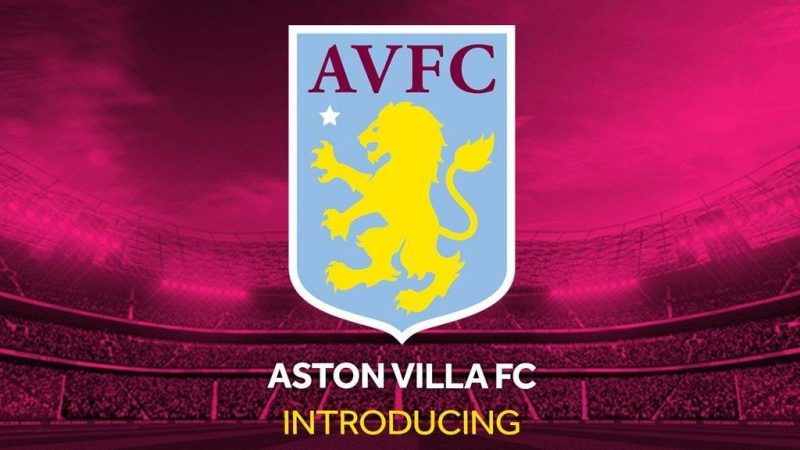Philadelphia Stadium is more than just a venue for sporting events; it represents a vibrant cultural hub that embodies the spirit of its passionate citizens. With a rich history and an air of excitement, this stadium has become synonymous with unforgettable moments in sports, music, and community gatherings. As we delve deeper into the intricacies of this beloved venue, we will explore its history, architectural significance, and the roles it plays in the lives of Philadelphians.
The Historical Journey of Philadelphia Stadium
The evolution of Philadelphia Stadium reflects not only the 88clb changing face of athletics but also the broader social changes in American society. From its inception to its current status, the stadium has been a witness to countless historic events that have shaped the sports landscape, making it a cornerstone of local culture.
Origins and Construction
The story of Philadelphia Stadium begins in the early 20th century, when there was a burgeoning need for a dedicated space for both professional and collegiate sports. The city recognized this requirement, leading to the conception of what would eventually become a state-of-the-art facility.
The construction process was emblematic of the period’s architectural innovation. Designed with both form and function in mind, the stadium was built to accommodate large crowds while providing an intimate experience for fans. From the very beginning, Philadelphia Stadium aimed to create a sense of community among attendees, reflecting the city’s dedication to sports as a unifying force.
Over the years, Philadelphia Stadium has undergone multiple renovations and expansions. These upgrades were essential in modernizing the facility, allowing it to host international events and attracting visitors from around the globe. Such transformations are indicative of a larger trend seen across many major cities – investing in local infrastructure to boost economic growth and promote tourism.
Milestones in Sports History
Philadelphia Stadium has played a significant role in various monumental sports occasions. Over decades, it has hosted numerous championship games, including the NFL playoffs, Major League Baseball All-Star Games, and NCAA tournaments. Each event brought together thousands of enthusiastic fans, creating electric atmospheres that reverberated throughout the city.
Moments like the Eagles’ first Super Bowl victory or the Phillies’ World Series triumph are etched into the memory of every Philadelphia sports fan. The stadium served as a backdrop to these defining moments, where joy, heartache, and camaraderie intertwined. Notably, these milestones contributed to the evolving narrative of Philadelphia as a sports town, enhancing its reputation in the national arena.
Moreover, the stadium’s influence extends beyond the confines of the playing field. It has become a center for activism, where social causes gain momentum, and communities unite for change. This duality makes Philadelphia Stadium not merely a sports venue, but a vital player in the broader tapestry of local and national identity.
Community Engagement and Impact
At its core, Philadelphia Stadium fosters a profound connection between sports and the community. Local teams and events often engage in outreach programs, inviting neighborhoods to participate in sports culture actively. Youth leagues and clinics held at the stadium provide opportunities for growth, learning, and development, nurturing the next generation of athletes.
As part of its commitment to fostering community ties, the stadium also serves as a venue for concerts, festivals, and charity events. These gatherings bring together people from different walks of life, transcending the barriers that sometimes divide urban societies. Events like these establish the stadium as a multi-functional space where sports transcend their traditional boundaries.

